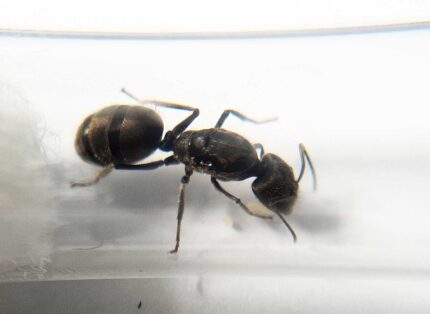
Camponotus auriventris
209,90 zł – 349,90 złPrice range: 209,90 zł through 349,90 zł
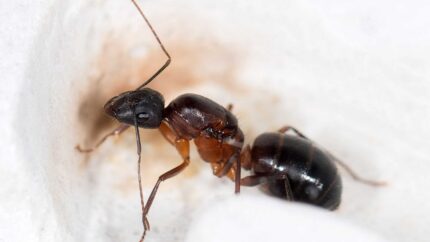
Camponotus barbaricus
89,90 zł – 229,90 złPrice range: 89,90 zł through 229,90 zł
Camponotus balzani
309,90 zł – 419,90 złPrice range: 309,90 zł through 419,90 zł
SKU:
AOTA300
Category: Ants
Tags: ant, ant colony, ant on top, antontop, Brachymyrmex laevis, Camponotus balzani, Queen of ants
Worldwide shipping
Free delivery over 999 PLN
The highest quality of goods
Live delivery guarantee
24/7 Personal Support
Fair Prices
Description
Camponotus balzani is a species of ant that is known for its size and coloration. It requires a specific diet to thrive and has specific humidity and temperature requirements. The process of developing Camponotus balzani is also discussed. Overall, this concise summary highlights the key aspects of the full product description.
Additional information
| Behavior | |
|---|---|
| Difficulty in breeding | |
| Origin | |
| The size of ants | |
| Wintering |
Description
Camponotus balzani – The Fascinating Ant Species
Colony Type: Monogyny
Colony Size: Up to 5000 workers
Development Speed: medium
Size
- Queen: 14-16 mm
- Workers: 6-9mm
- Majors: 9-13mm
Their intricate bodies are adorned with an appealing combination of colors, showcasing a mix of black, red, and orange hues. This unique coloration makes Camponotus balzani an aesthetically pleasing addition to any ant collection.
Nutrition
- Food insects (such as cockroaches and crickets) dead, or live if colony is big
- Syrup (a mixture of water and honey or sugar, with a ratio of 4/3 water:1)
- Fruits and vegetables
- Jelly
- Cooked chicken without salt, shrimps
- Honey
Humidity and Temperature
- Humidity: Arena: 50-80%, Nest: 60-70%
- Temperature: Arena: 24-30 °C, Nest: 23-26 °C
Recommended Nests for breeding
- Acrylic nests
- Cork nests
- Ytong nests
- Gypsum
- Soil
Reviews
Rated 0 out of 5
0 reviews
Rated 5 out of 5
0
Rated 4 out of 5
0
Rated 3 out of 5
0
Rated 2 out of 5
0
Rated 1 out of 5
0
Be the first to review “Camponotus balzani” Cancel reply
Related products
Aphaenogaster splendida
129,50 zł – 279,90 złPrice range: 129,50 zł through 279,90 zł
Select options
This product has multiple variants. The options may be chosen on the product page
Azteca delpini antillana
459,90 zł – 799,90 złPrice range: 459,90 zł through 799,90 zł
Select options
This product has multiple variants. The options may be chosen on the product page
Azteca forelii
499,90 zł – 829,90 złPrice range: 499,90 zł through 829,90 zł
Select options
This product has multiple variants. The options may be chosen on the product page
Camponotus abscisus
259,90 zł – 359,90 złPrice range: 259,90 zł through 359,90 zł
Select options
This product has multiple variants. The options may be chosen on the product page


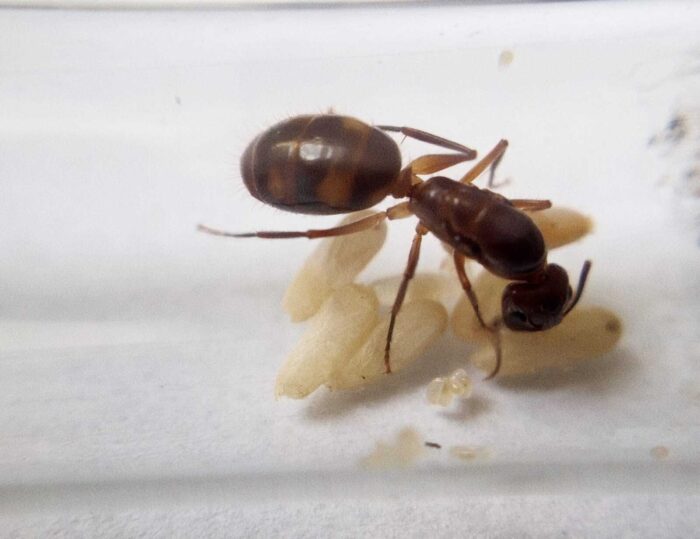



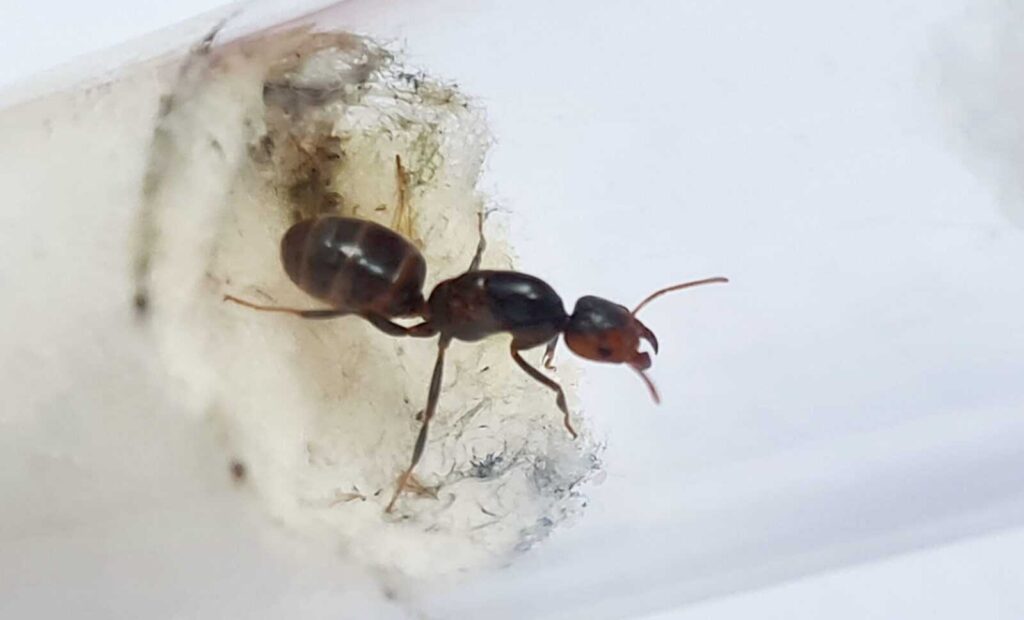
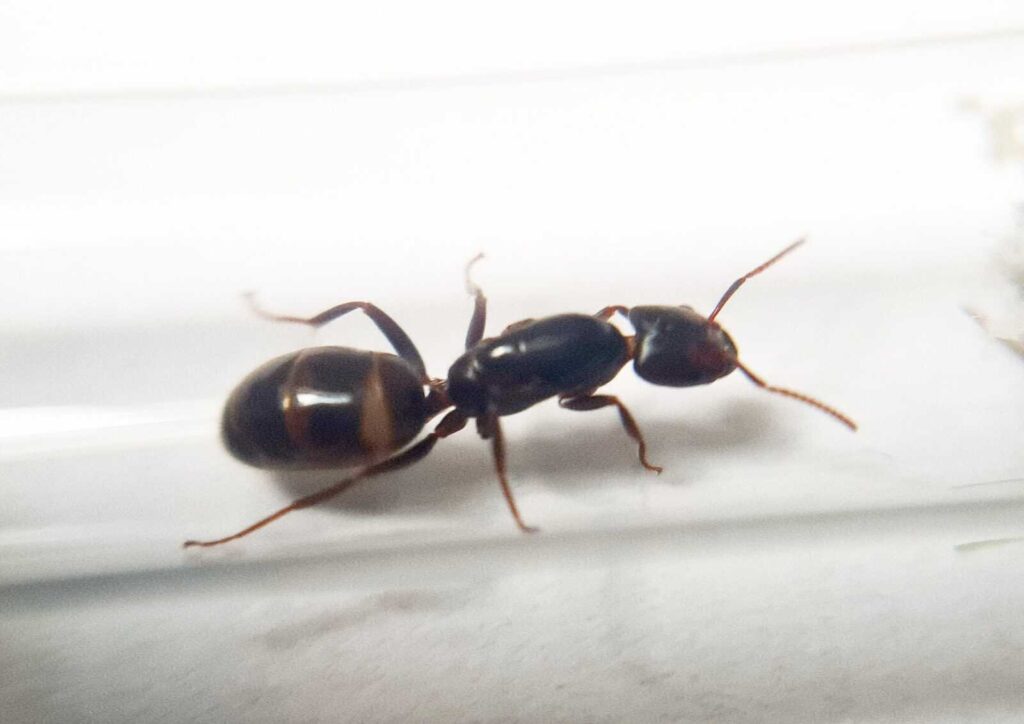

Reviews
Clear filtersThere are no reviews yet.